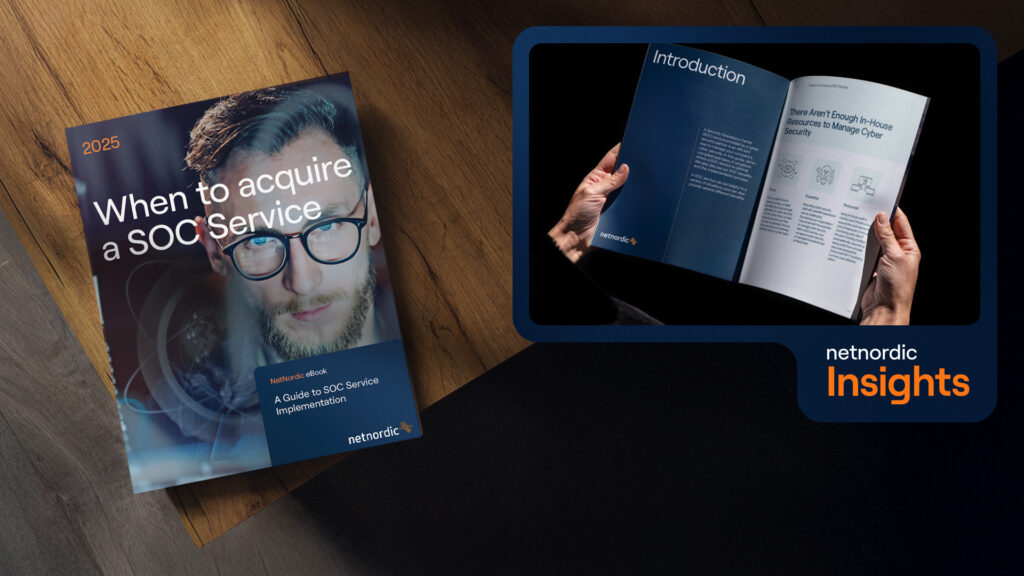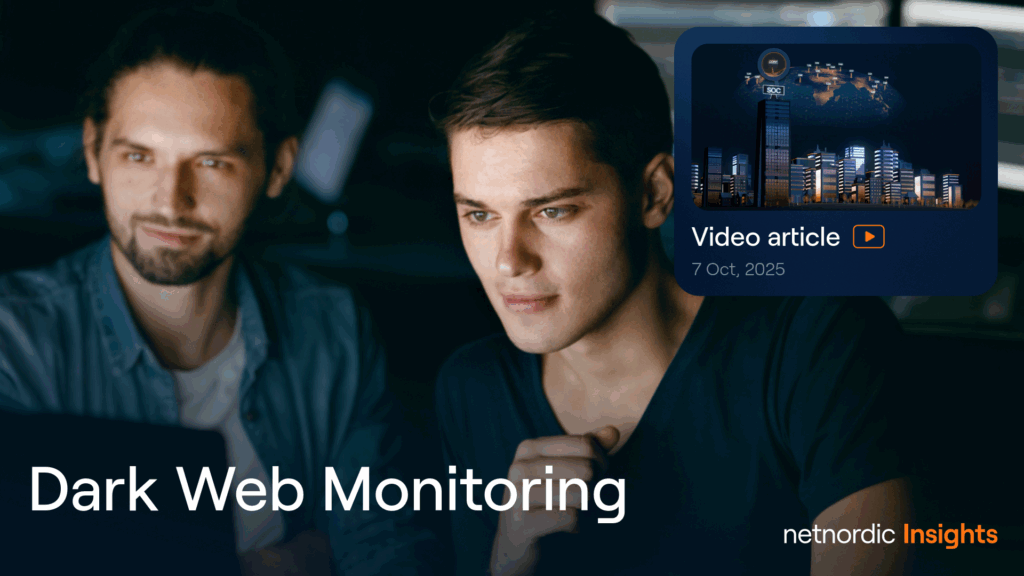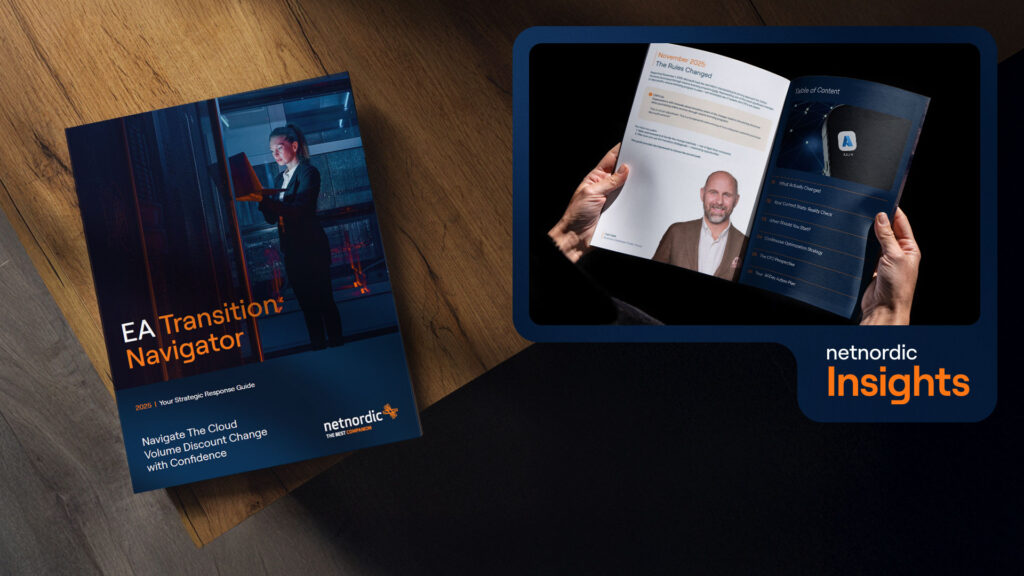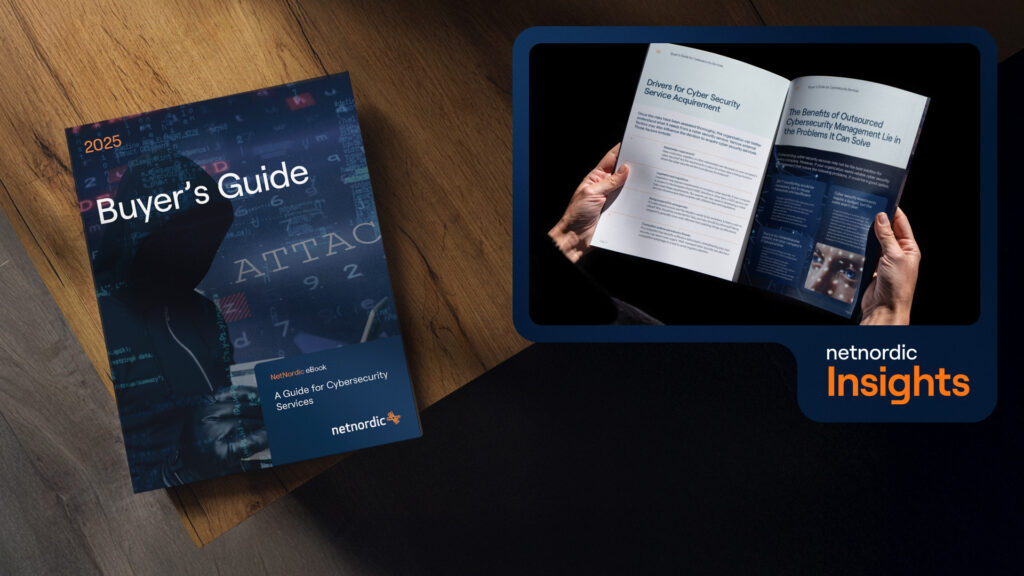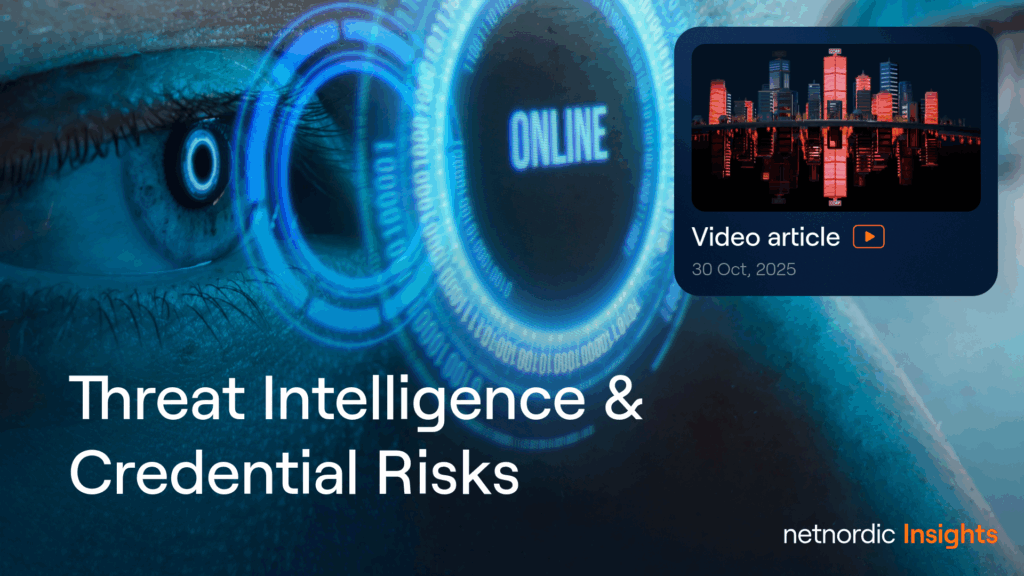Security Culture – A Core Pillar of Cyber Resilience
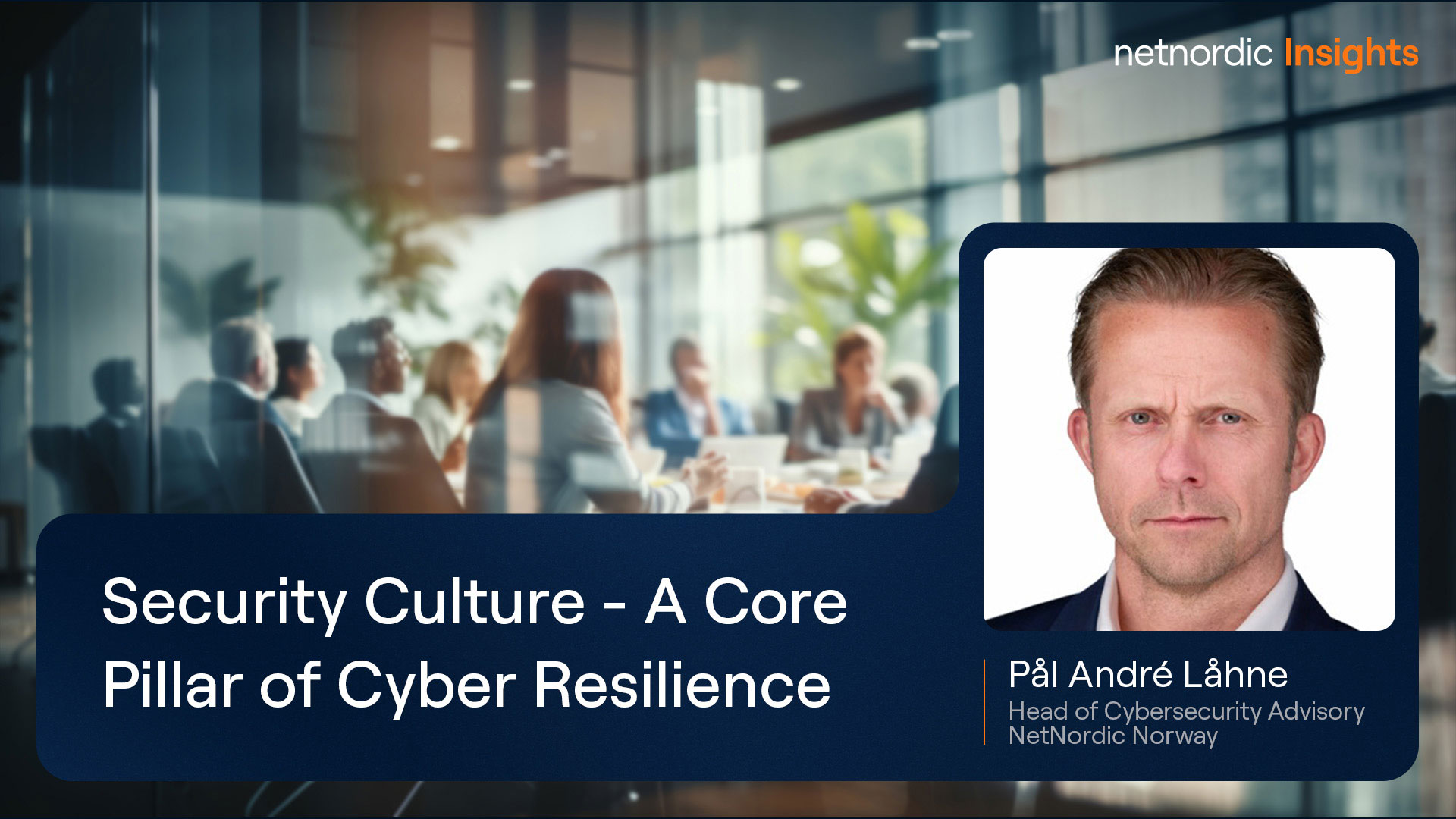
The Importance of Security Culture
Nordic organizations are facing increasingly sophisticated and frequent cyberattacks. In 2024 alone, entities across healthcare, industrial sectors, and media have been compromised. Equally alarming is the sheer volume of leaked usernames and passwords now available for sale on the dark web – often priced below 1 EUR (Source: IKT-Norge). Many remain unaware. Others know, but do nothing. This must change. Security must be elevated, from the server room to the boardroom. Security culture is not a project – it’s a mindset. It’s how people think and act every day, and how leadership enables security to become a driver for trust, growth, and innovation – not a bottleneck.
From IT Issue to Executive Accountability
Some leaders still treat cybersecurity as a technical concern, something for IT or the CISO to handle. That era is over. Today, security is about safeguarding operations, brand value, and trust. Responsibility lies squarely with executive leadership and the board. It’s no longer just about server uptime – it’s about the entire value chain, including third-party suppliers. The consequences of a cyber incident extend well beyond monetary impact. It can halt operations, damage your reputation, and erode trust that took years to build. Building a strong security culture is an investment – like insurance. You realize its value when it matters most. Security is also a competitive advantage. Done right, it enables secure cloud adoption, faster service delivery, and deeper relationships with customers and partners. For CFOs, CEOs, and board members, security must be seen as a strategic investment – not just an operational cost.
Security Culture is About People
Since approximately 95% of breaches are caused by human error (World Economic Forum / NIST). A secure infrastructure is powerless if users click the wrong link. Culture is about attitude, behavior, habits, and awareness. It’s about training – not just telling people what to do but explaining why it matters. But awareness alone isn’t enough.
Change requires leadership. There’s a difference between deploying a security tool and making it succeed. Security culture depends on change management – anchored at the top of the organization. Internal threats – both accidental and intentional – are a growing challenge. Poorly designed security creates friction. Well-designed security empowers innovation. This is the key to long-term cultural change.
A Risk-Based Approach is Fundamental
You can’t protect everything equally. To build true resilience, you need to identify what is business-critical and most at risk. By mapping your assets, uncovering vulnerabilities, and assessing risk based on likelihood and impact, you ensure that security investments are focused where they deliver the greatest value and protection.
6 Steps to Build a Resilient Security Culture
1. Executive Buy-in:
Security is not an IT strategy – it’s a business strategy. When executives lead the way, it fosters ownership and legitimacy across the organization.
2. Apply Risk as a Governance Tool:
You can’t defend everything. Identify business-critical assets and prioritize accordingly – covering IT, OT, suppliers, processes, and people.
3. Train for What Matters:
Awareness campaigns, phishing simulations, and response exercises are only effective if they’re relevant. Help people understand the why, not just the how.
4. Cybersecurity in Context:
Technology is just the enabler. People and processes matter just as much. Intuitive solutions and good routines make compliance easier.
5. Measure and Improve Continuously:
What gets measured, gets done. Use annual plans and recognized frameworks like NSM and ISO 27001. Culture is a process – not a one-time effort.
6. Choose a Partner – Not Just a Vendor:
You need someone who understands both technology and business. Building trust and driving change takes involvement, not just delivery.
“Trust is built in centimeters and broken in meters. Security culture isn’t a one-off initiative – it’s a daily practice. Prevention is the most effective security measure – and it’s up to leadership to set the standard across the entire value chain”.
 Pål André Låhne, Head of Cyber Security Advisory, NetNordic Norway AS.
Pål André Låhne, Head of Cyber Security Advisory, NetNordic Norway AS.
NetNordic: Your Strategic Companion
At NetNordic, we’re not just a cybersecurity provider – we’re your strategic companion. We help organizations across the Nordics build strong security cultures and resilient leadership through:
- Maturity assessments and risk mapping
- Awareness training and security workshops
- Strategic advisory and roadmap development
- Operationalizing cybersecurity with best practices
- Interim CISO services and implementation support
- Technical testing and annual programs aligned with NSM and ISO 27001
We simplify the complex – for both IT leaders and board members. We don’t believe in fear, uncertainty, and doubt. We believe in clarity, confidence, and control.
As your trusted companion, we help you think holistically and act intentionally. Because it’s not about if something happens – it’s about when. And how well-prepared you are.
Let’s build a security culture where cybersecurity becomes a strategic business opportunity. Reach out to us today – and start your journey!

Pål André Låhne
Head of Cybersecurity Advisory, NetNordic NorwayTable of Contents
Content subjects category
Content type
Related content
Contact Us
Feel free to call us directly on our telephone number +47 67 247 365, send us an email salg@netnordic.no, or fill in the form and we will get back to you as soon as possible! Thanks!
